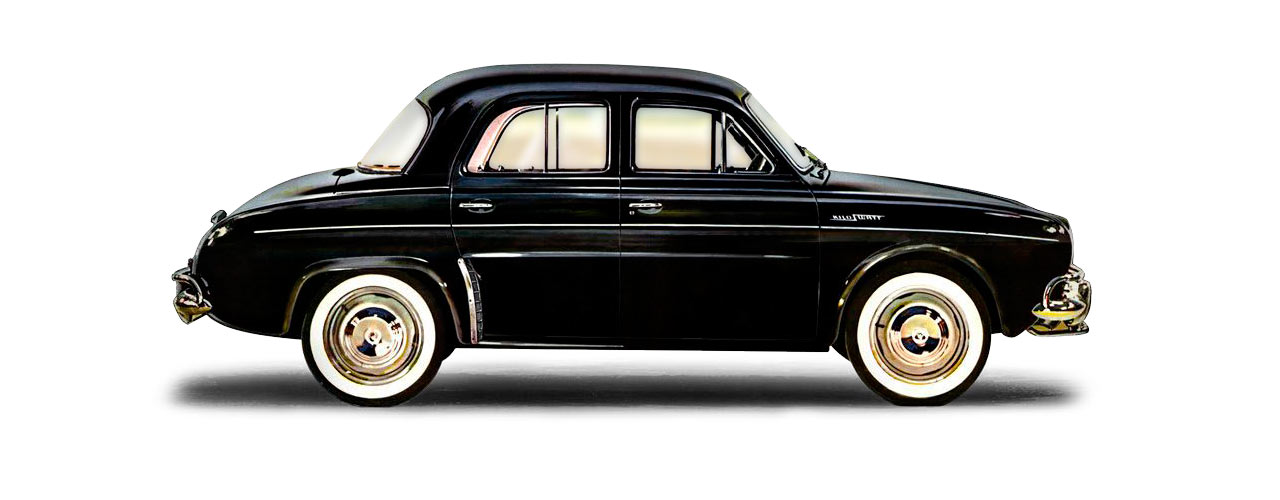
The story behind the 1959 Henney Kilowatt electric car. Renault Dauphine may not seem like the ideal donor car from which to revolutionise the car industry, but that’s exactly what the Henney Kilowatt hoped to achieve.
With a powertrain from a vacuum company and a Renault donor car, Henney might have had beeter luck launching the car in Europe rather than their home country, America.
Henney had made a name for itself by making limousines, hearses and other assorted custom built coachwork, so quite why they chose this fairly bizarre concoction is anyone’s guess. The company had been bought by an ambitious millionaire with links to the automotive industry called, C. Russell Feldmann. Feldmann wanted to be the Tesla Motors of the day and bought companies including the vacuum cleaner maker Eureka Williams, famed in its own right for producing the Dispos-O-Matic – a device Wallace & Gromit would have been proud of.
Feldman spent a great deal of time and effort bringing together various companies that he felt would lend their expertise to creating a new era of electric cars, via partnership and aquisition.
One such partnership was with Victor Wouk, who would go on to become a key player in other electric car projects of the ‘60’s and ‘70’s. Wouk was already an aclaimed world leader in electric science having studied at Caltech and started several successful electric companies.
Development began on the Kilowatt, but sadly things were not off to a good start. The Dauphine had apparently been chosen over an American alternative, because it was smaller and lighter. Unfortunately, Wouk concluded early on that the car would be severely restricted by its lead-acid batteries but rather than listen to his advice, Feldmann decided to press on with the project regardless.
In 1959 and in a parallel story to later decades, the Henney was initially only offered to utility companies, with a top-speed of just 35mph. Needless to say, sales were slow but the very next year significant changes – namely a boost from 36 to 72 volts raised the top speed to 60mph and offered 60-miles range. This next generation car was offered to the buying public under similar marketing to today; quiet, easy to operate etc. Sadly, of the 100 Kilowatts made, only 47 sold, with most going to National Union Electric, also owned by Feldmann. Nonetheless, the Kilowatt was a pioneering attempt to make a saleable electric car. The problem was Feldmann was years ahead of his time, with worries about the environment and exhaust emissions largely ignored by the public of the swinging ‘60’s.





